Next Stop: Guatemala!
Hello again everyone, we have missed you! It’s been a long couple of months since we last wrote in our blog, and we are glad to be back at it. As you may recall, I got sick midway through our stay at Red Truck Homestead in Portland, Oregon back in July. We had to rush home so I could go to the doctor and rest at home, and it was a good thing that we did, because a bad case of gastroenteritis kept me mostly in bed for three weeks after we returned home. Coming home early was probably for the best, as my parents were in the midst of selling, donating, and disposing of all of their belongings in preparation for moving back to their home country of Guatemala, and we were available to help them in any way we could. “Why are Andrea’s parents moving to Guatemala,” you may wonder, and the answer might surprise you.
My parents moved to the United States from Guatemala in 1982, with hardly any belongings and an unsure future. Since then, they established their careers, raised a family, bought a house, and then bought two acres of property from my mom’s cousin in San Jose Pinula, Guatemala. The land is currently undeveloped, and they have been saving and planning to retire there and build a small farm where they can grow their own food and live off the land and off the grid as much as possible. Thankfully, Mitch and I were already interested in learning how to farm, and have acquired the skills necessary to help them start growing food on the property while their retirement home is being built. They just retired at the end of June, and after two and a half months of packing and cleaning, we are ready to go!
We are currently sitting in the airport at Fort Lauderdale, Florida, awaiting our connecting flight to Guatemala City. It’s amazing to think that one week ago, this airport was being hit by Hurricane Irma, the most powerful hurricane to blow through the Atlantic. More and more, the effects of climate change are bearing down on us, and it feels more appropriate than ever that my parents are choosing to fill their retirement with homegrown vegetables, fruit, eggs, meat, and milk, all while focusing on restoring their local ecology. It brings me peace of mind to know that my parents will be living out their golden years in a healthy, natural environment, full of nutrient-rich whole foods and surrounded by family and friends. It was hard for them to leave their home country 35 years ago, and I’m so happy that they will be able to return home to their families and share the wealth they accumulated through all their hard work in the United States.
I have visited my parents’ homeland before, and I am excited to go back for a few months to get to know my extended family better and learn more about Guatemalan culture, as well as practicing my not-quite-fluent Spanish. Mitch has never been to Central America, and he is excited for the new opportunities and the chance to learn Spanish more fluently than he did in his high school Spanish classes. He is also curious to learn more about Guatemalan culture, and be able to share it with others when he returns to the United States. Just before leaving Los Angeles, we had an opportunity to see a new exhibit at the Los Angeles County Museum of Art (http://www.lacma.org/) as part of a city-wide art initiative focused on Latin American culture and its connection to Los Angeles, called Pacific Standard Time: LA/LA (http://www.pacificstandardtime.org/). The exhibit, called A Universal History of Infamy (http://www.lacma.org/art/exhibition/universal-history-infamy), features Latin American and U.S. Latino artists challenging absolute notions of what constitutes Latin America and its dispersion in the United States. We saw art that comments on the destruction and exploitation of natural resources, installation art that also doubles as performance art about the division of classes in Guatemala, art that demonstrates the exploitation and appropriation of Latin American culture in Hollywood and the music industry, among other artworks.
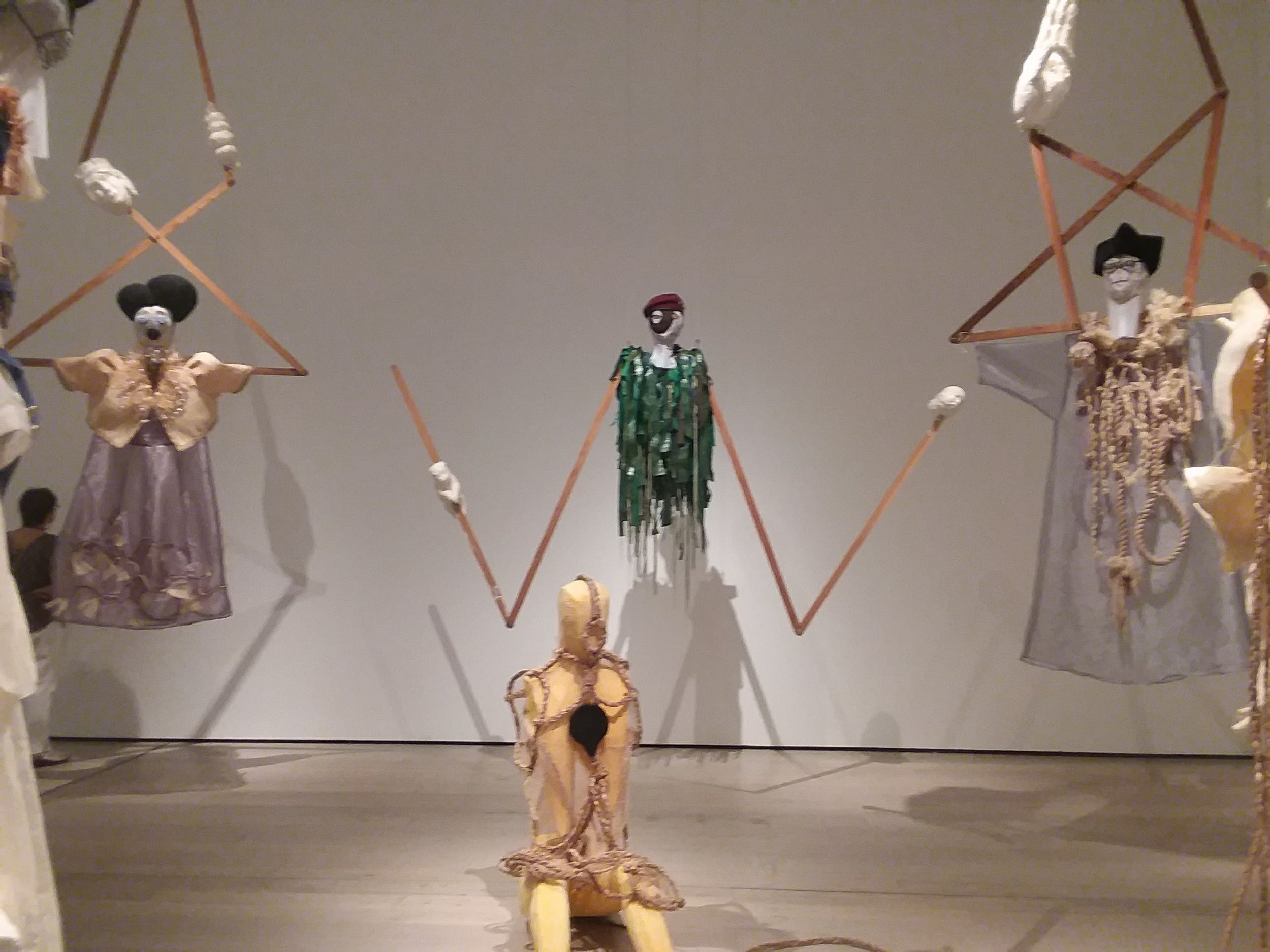


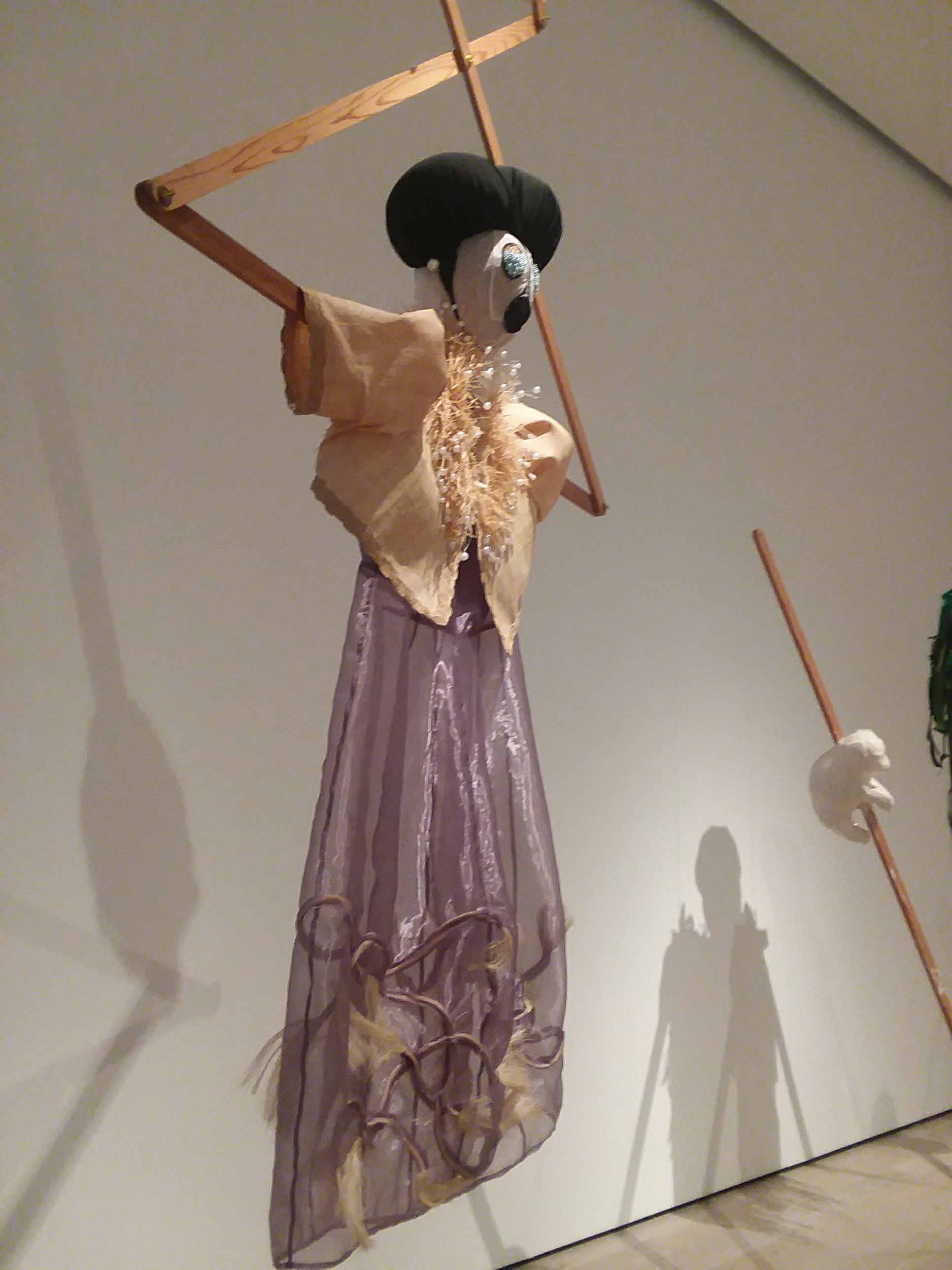

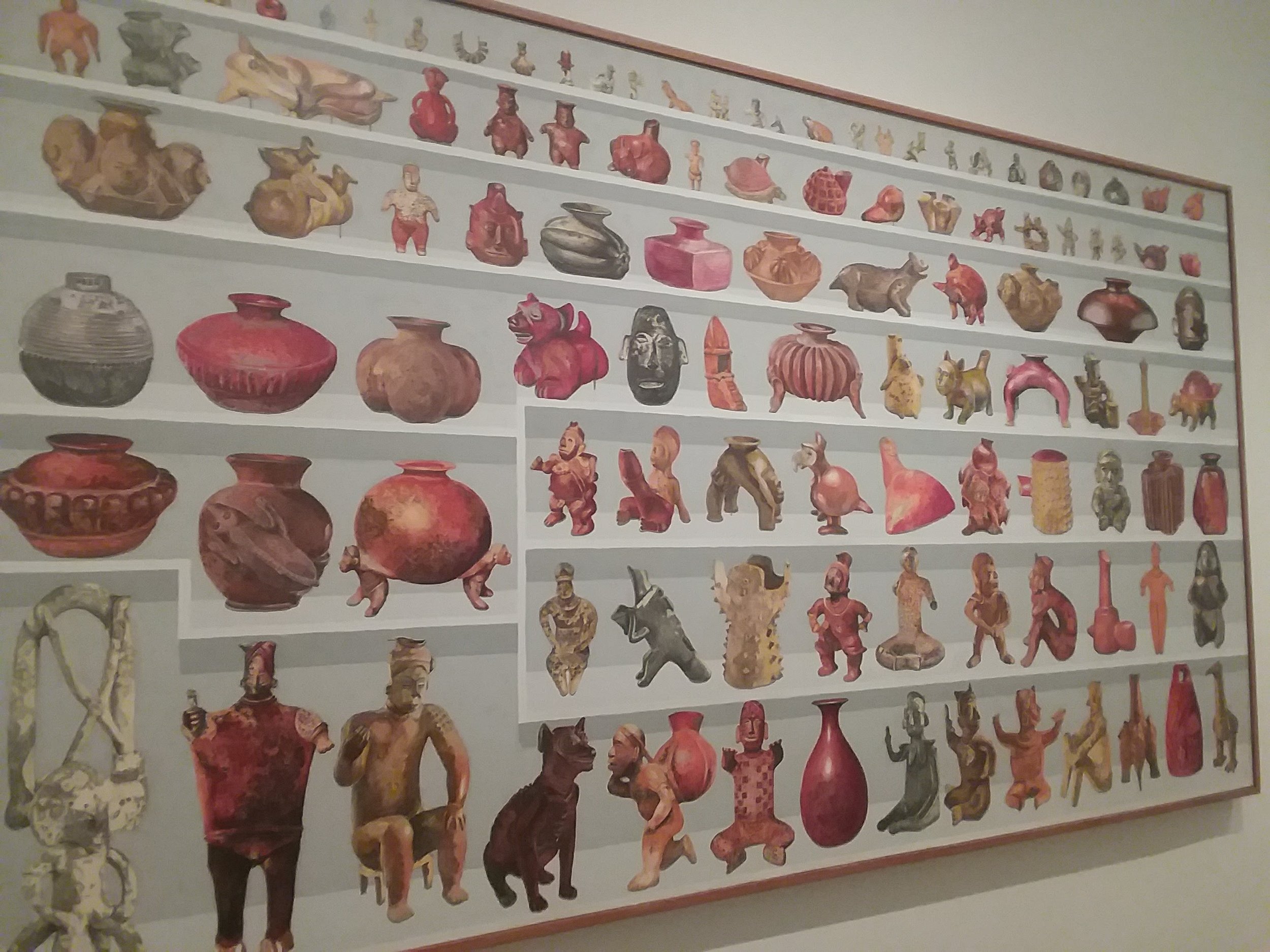
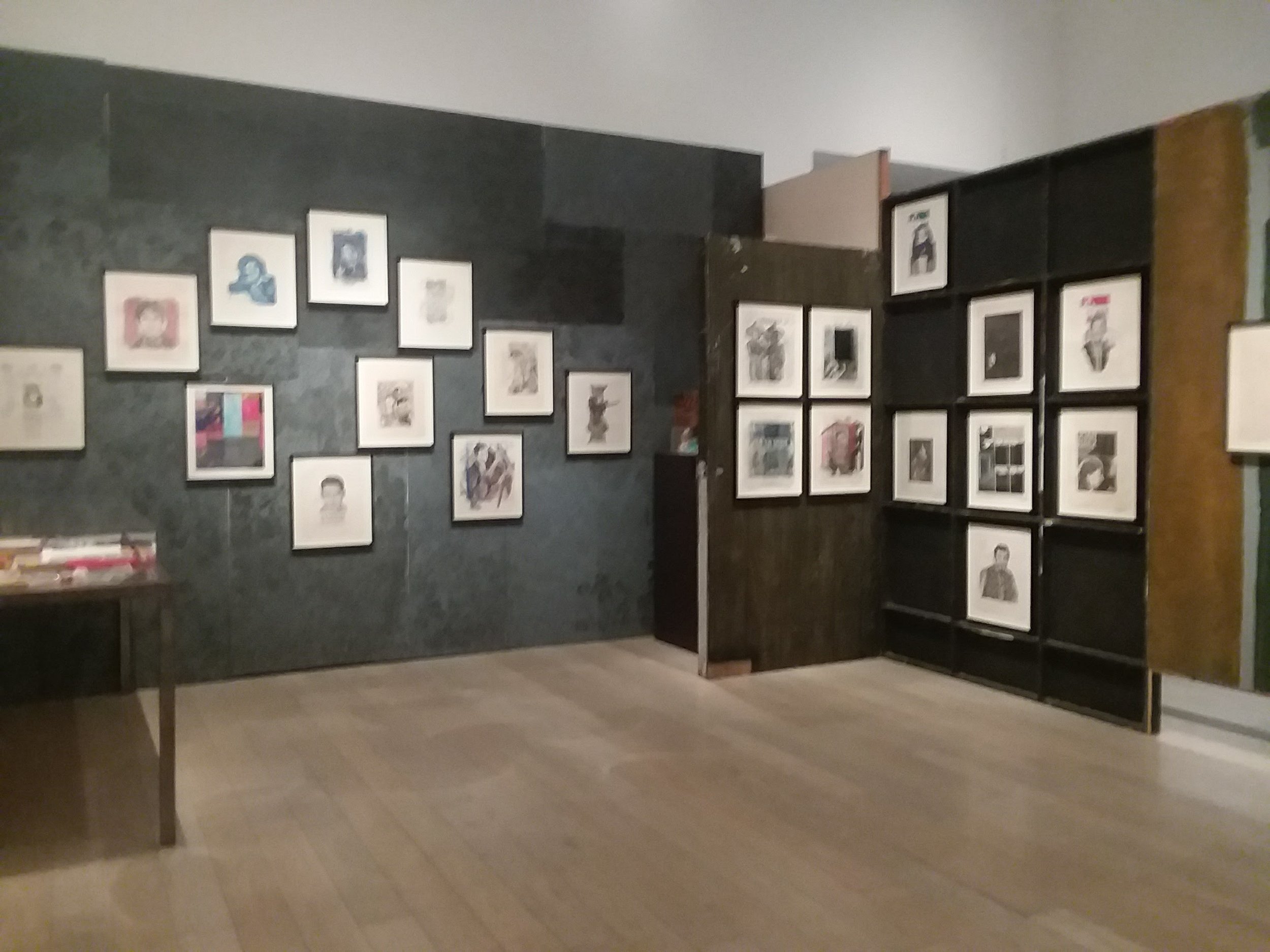
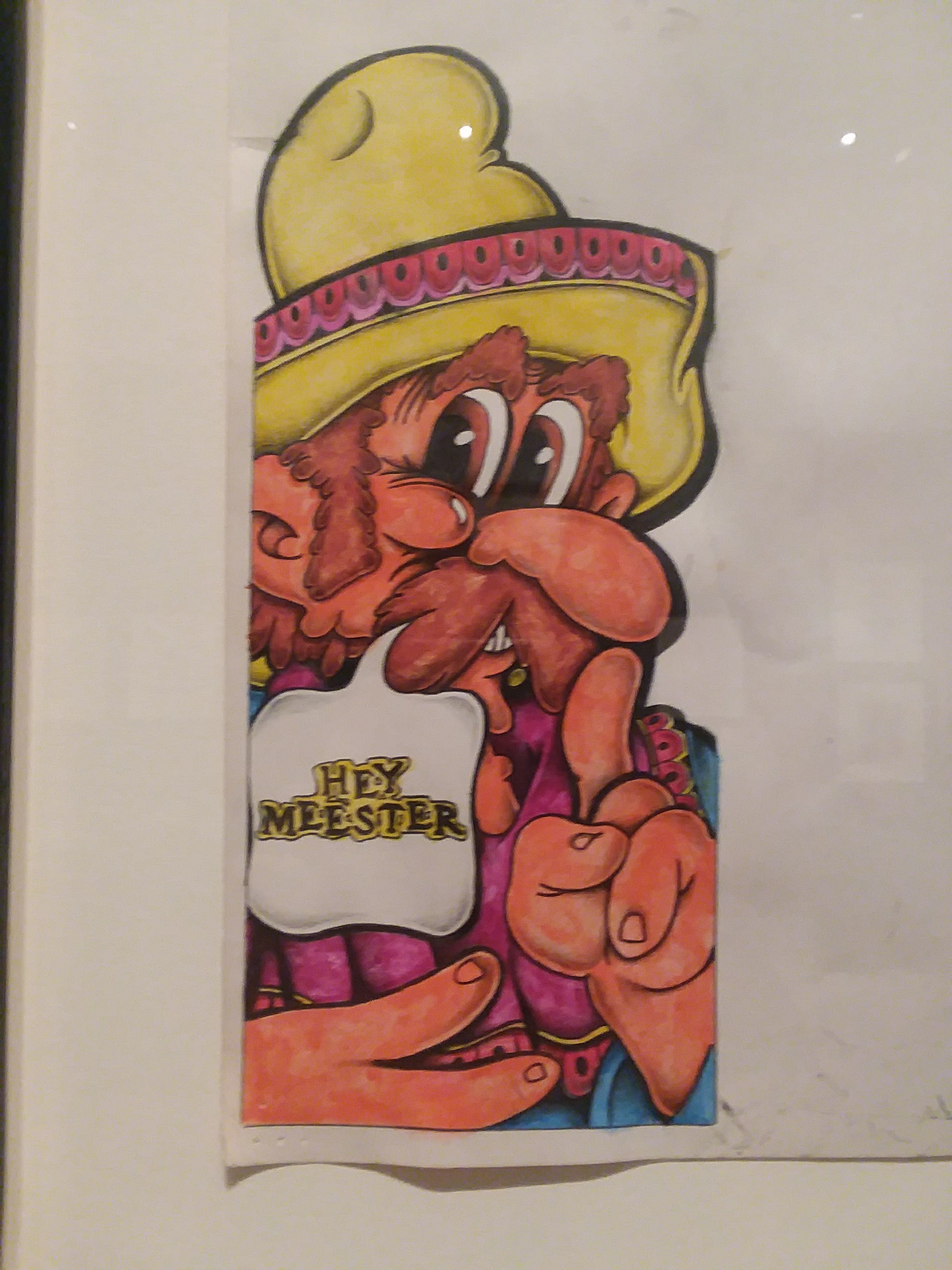
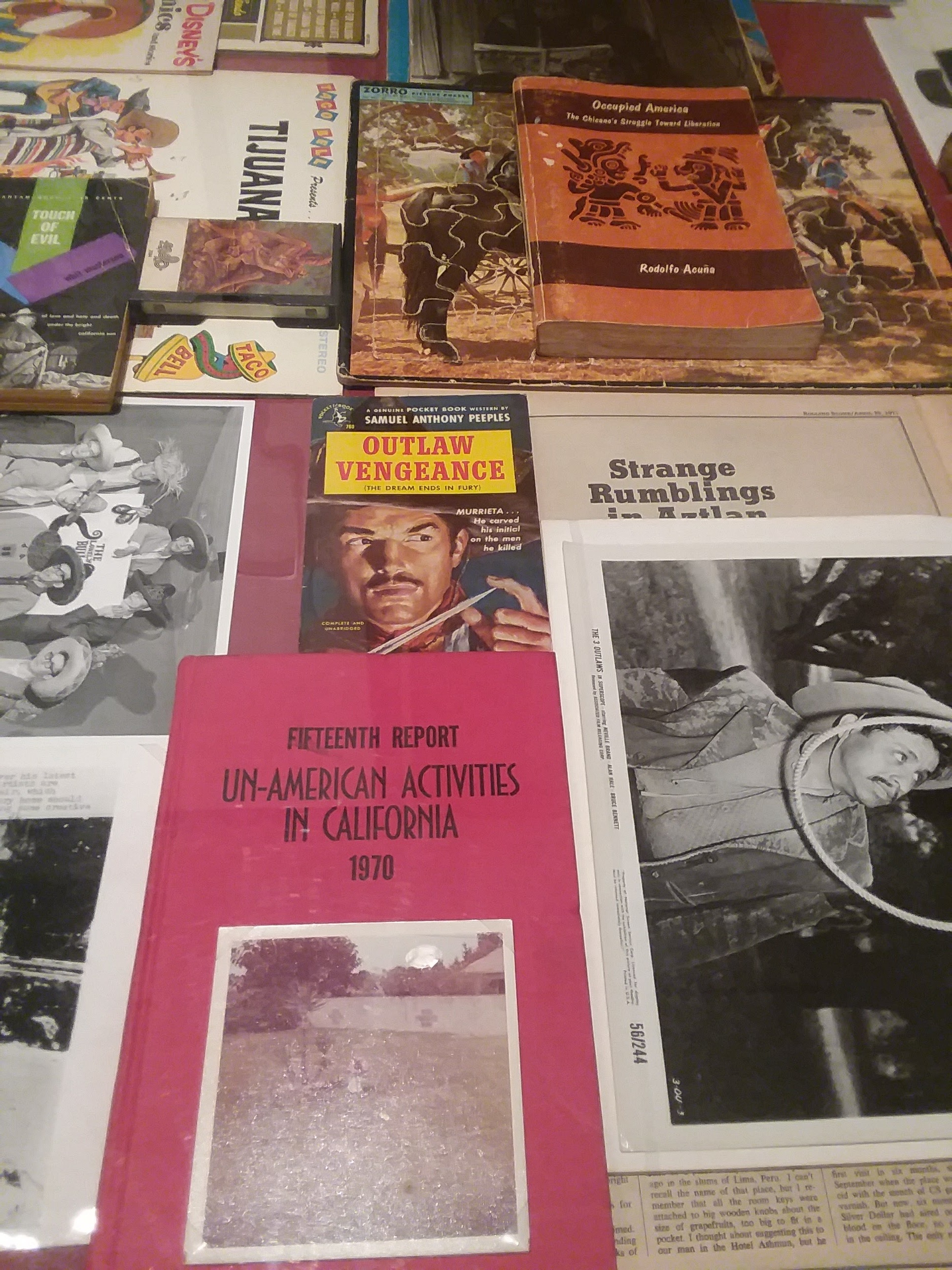
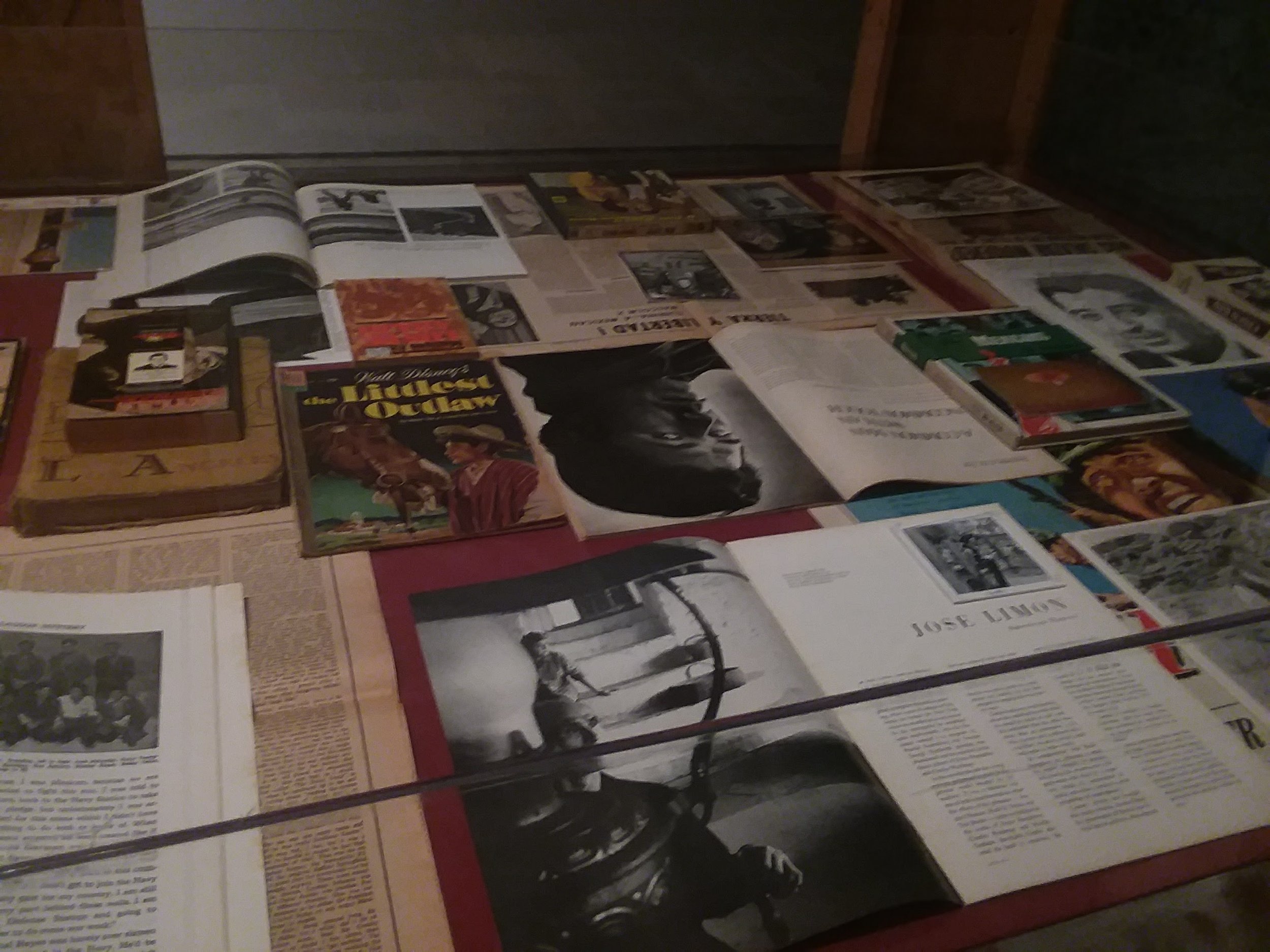

Our favorite part of the exhibit, however, was the NuMu (http://www.latimes.com/entertainment/arts/miranda/la-et-cam-pst-numu-lands-los-angeles-20170912-htmlstory.html), an egg-shaped micro museum of contemporary art that traveled from its home in Guatemala City, through Mexico, to Los Angeles. Guatemala is currently going through a bit of a contemporary renaissance, with many local artists spreading their works beyond the country’s borders. The NuMu was founded in Guatemala City in 2012 by two young artists, who host a rotating variety of local artists in their free museum, which used to be home to an egg stand.
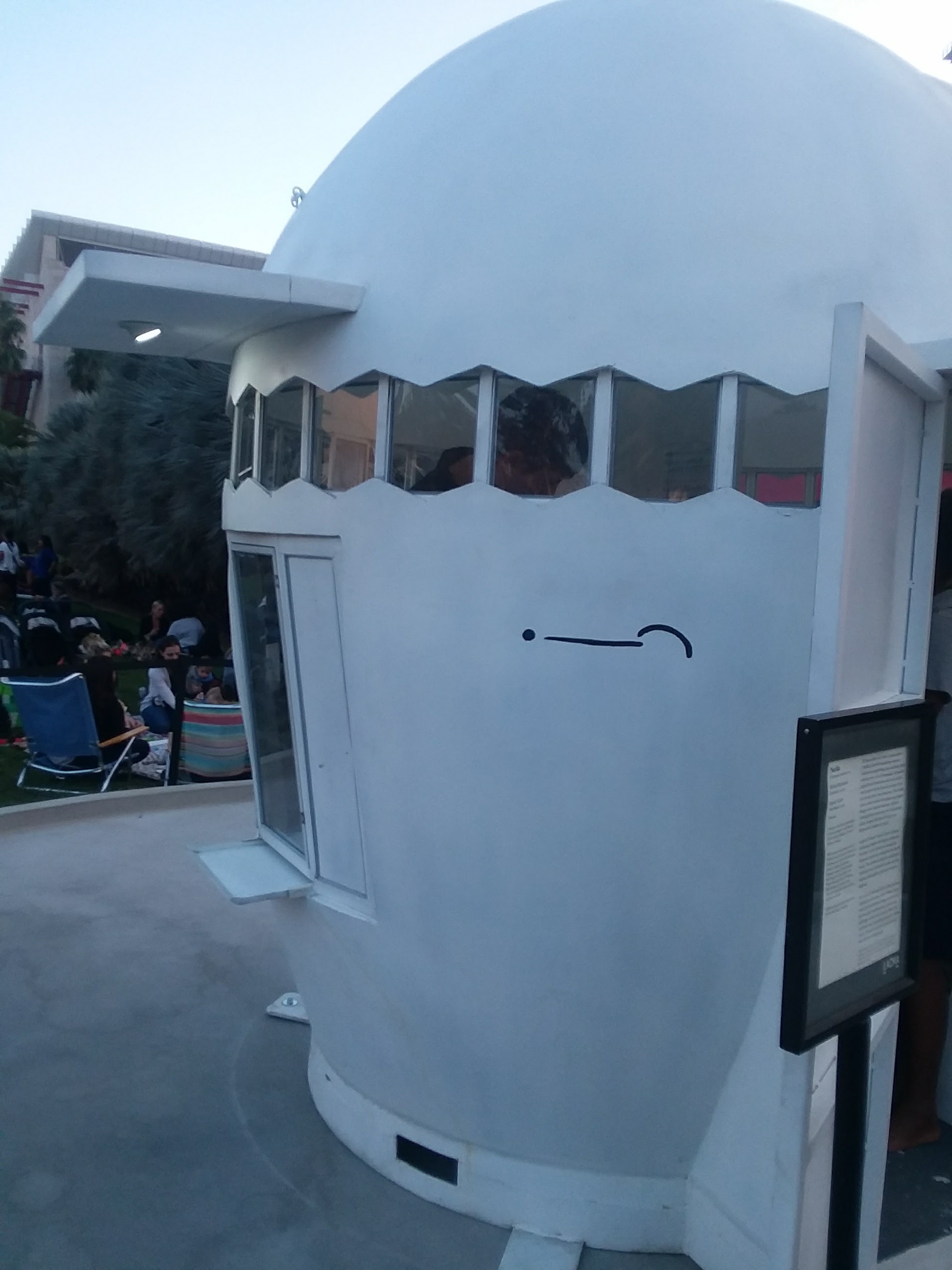
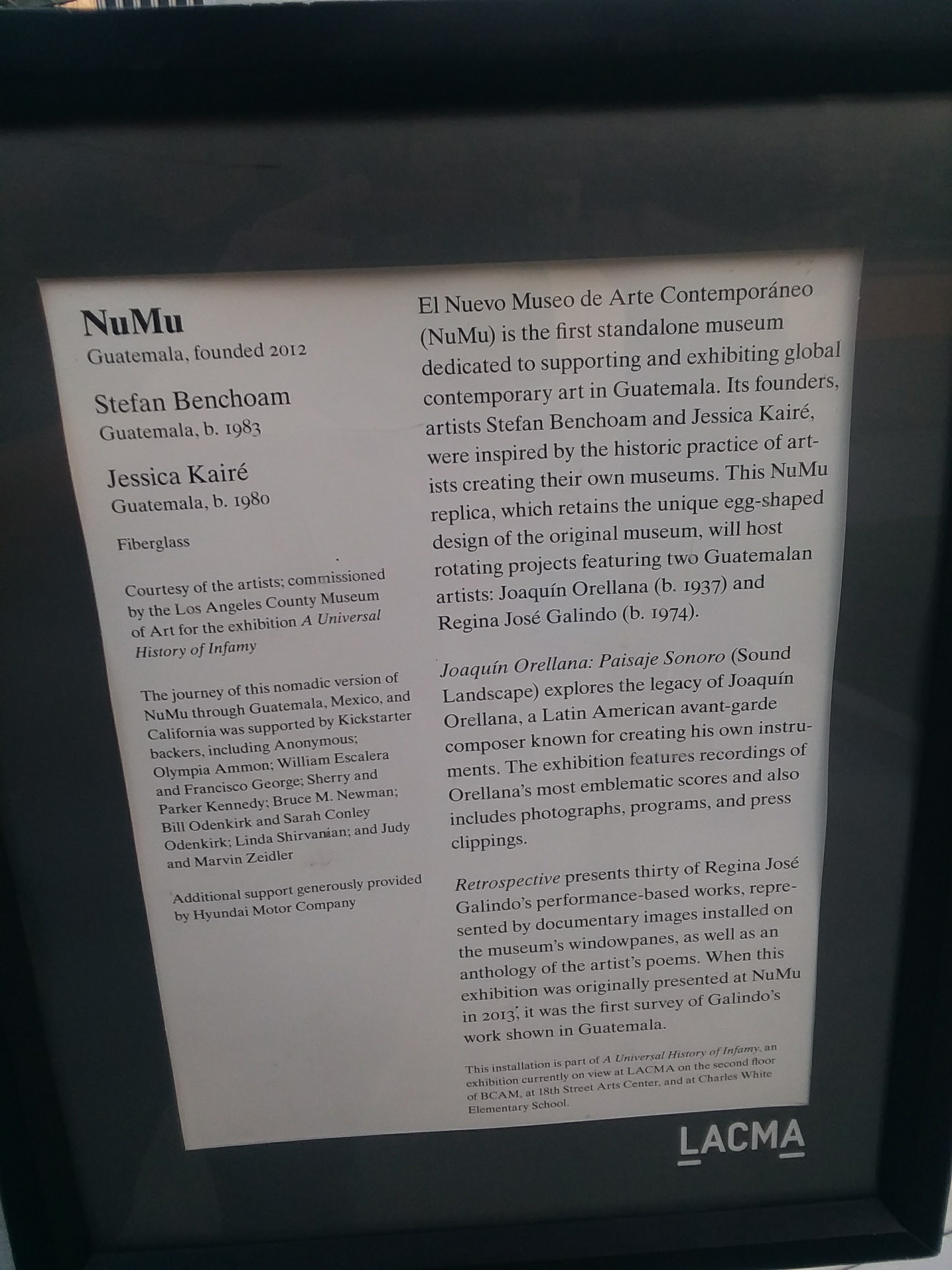
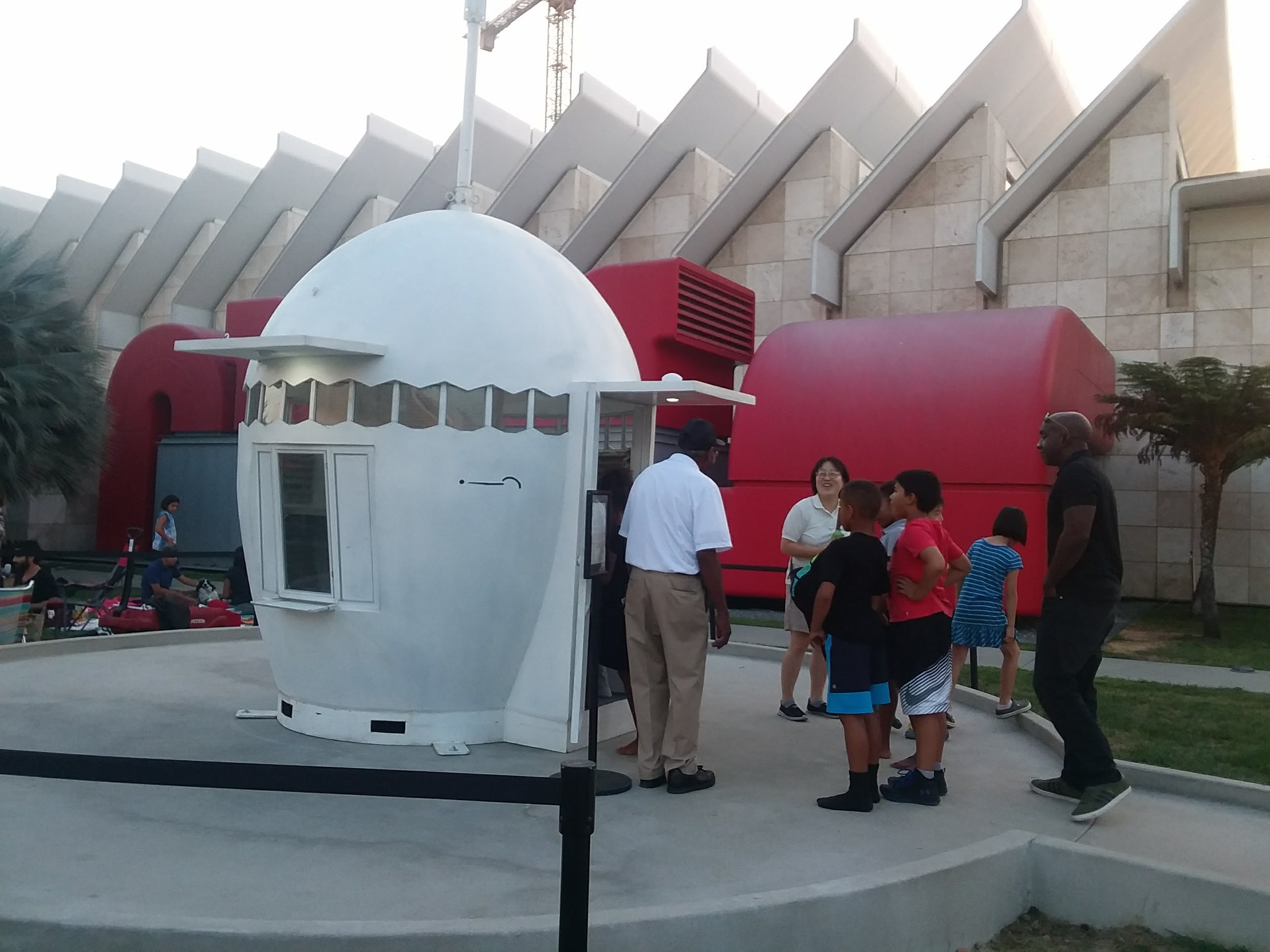
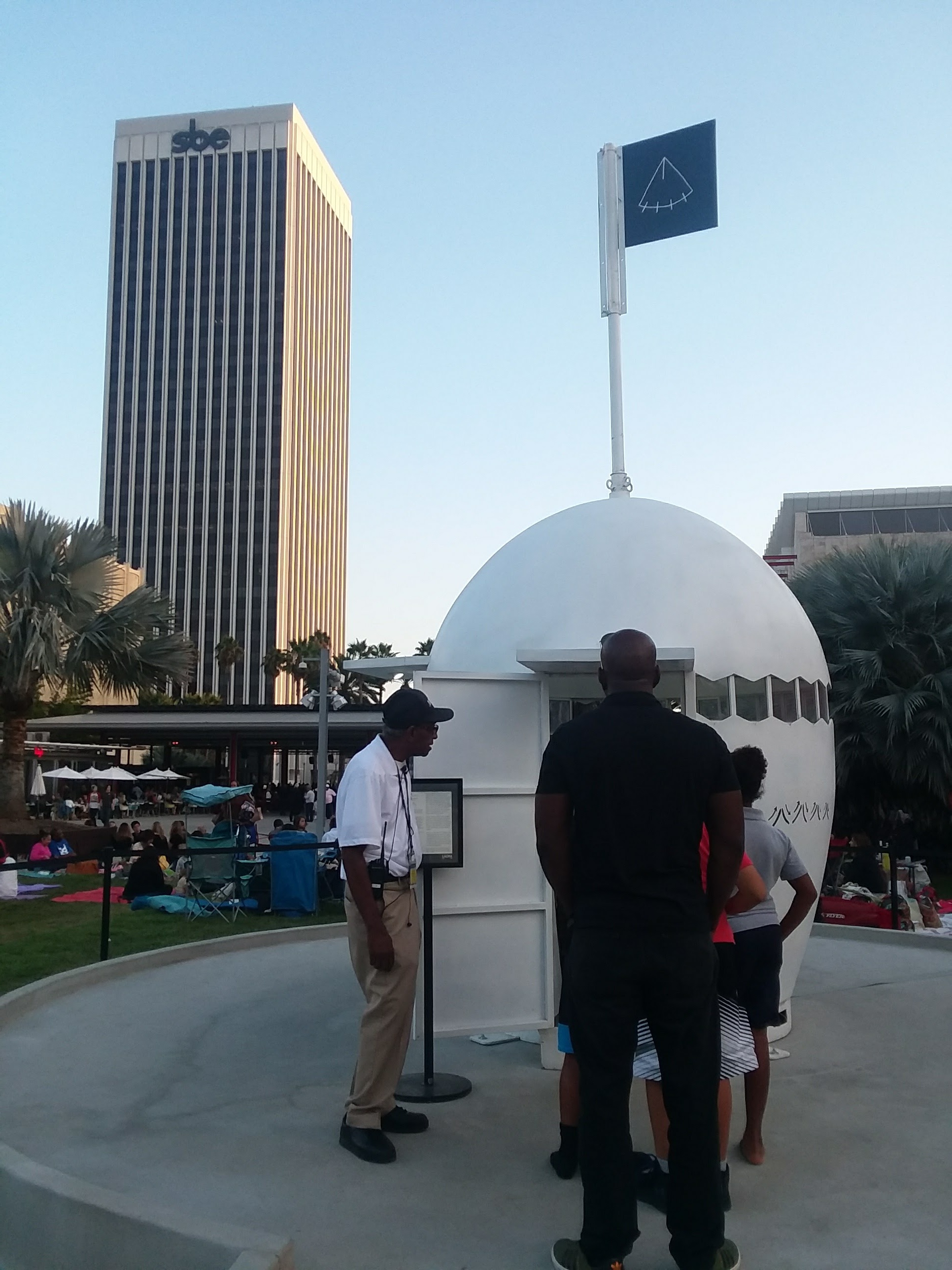
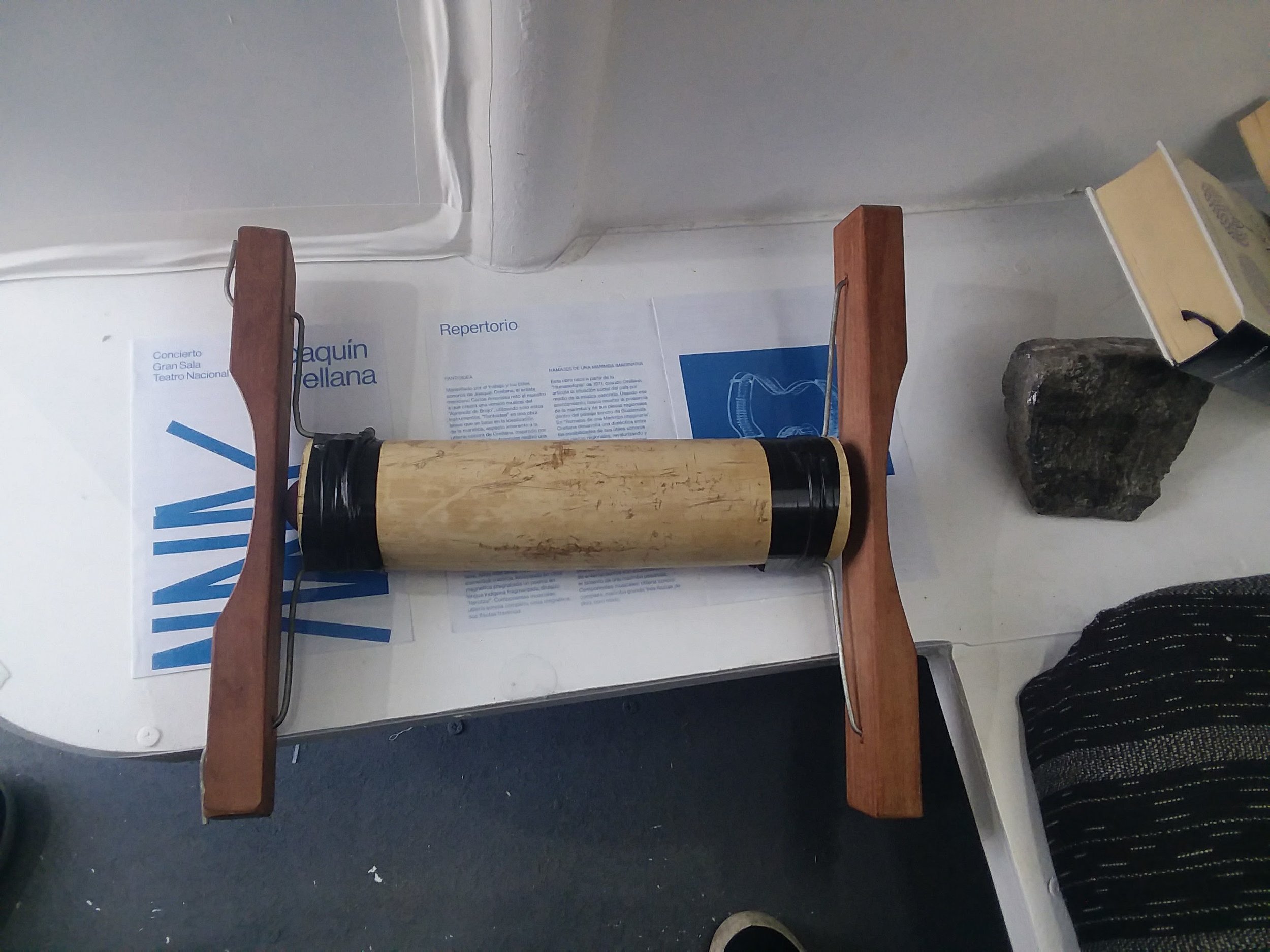
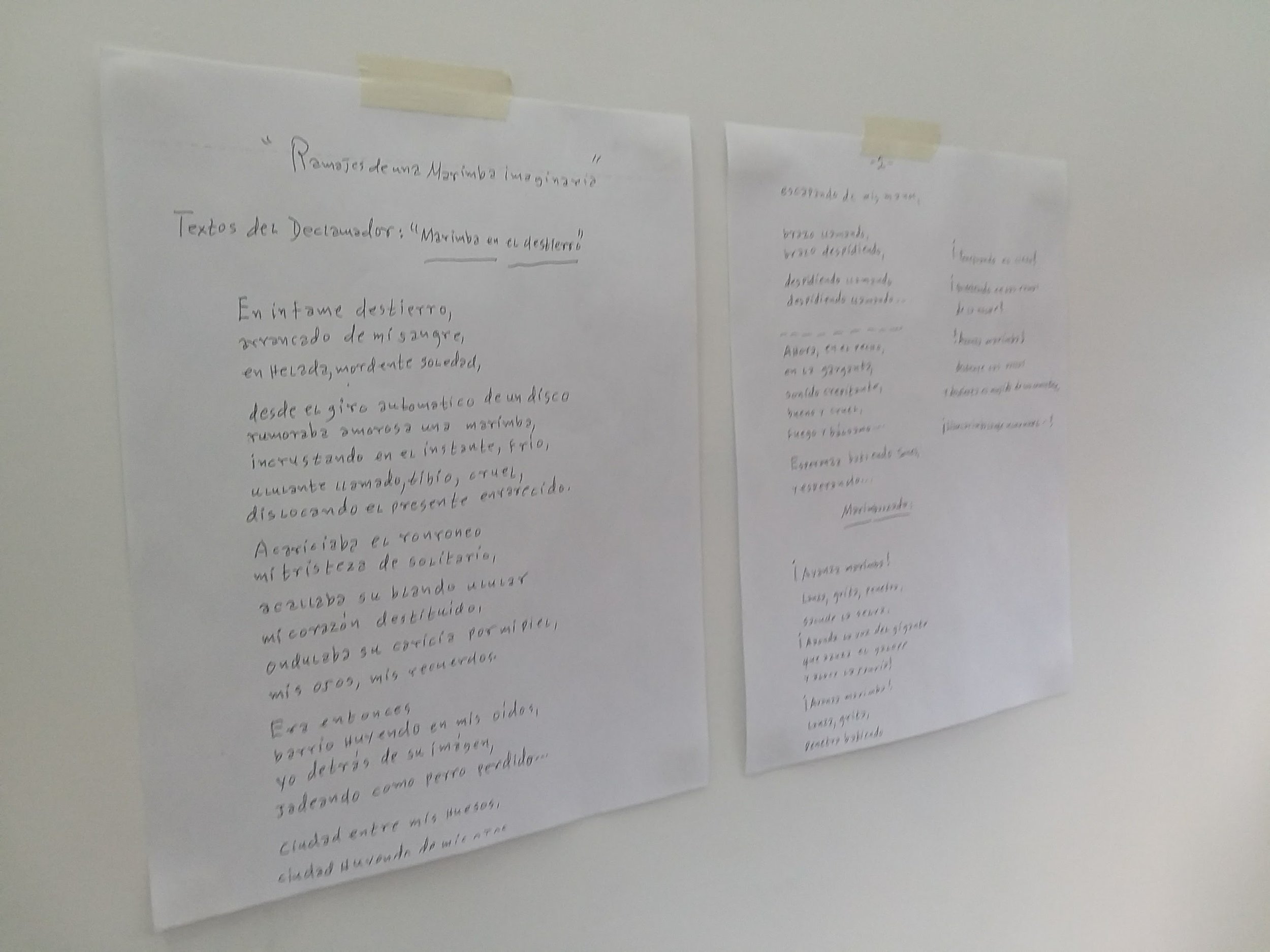
We were happy to see a tiny piece of Guatemala in Los Angeles, and it further stoked our excitement at the idea of spending time in Guatemala. Just as an egg brings new life into the world, our time in Guatemala will bring a new sense of wonder and adventure to our minds and our hearts, and we are thrilled at the opportunity to have so many new experiences. Please follow us to the Land of Eternal Spring as we share our farming experiences and cultural explorations with you!






